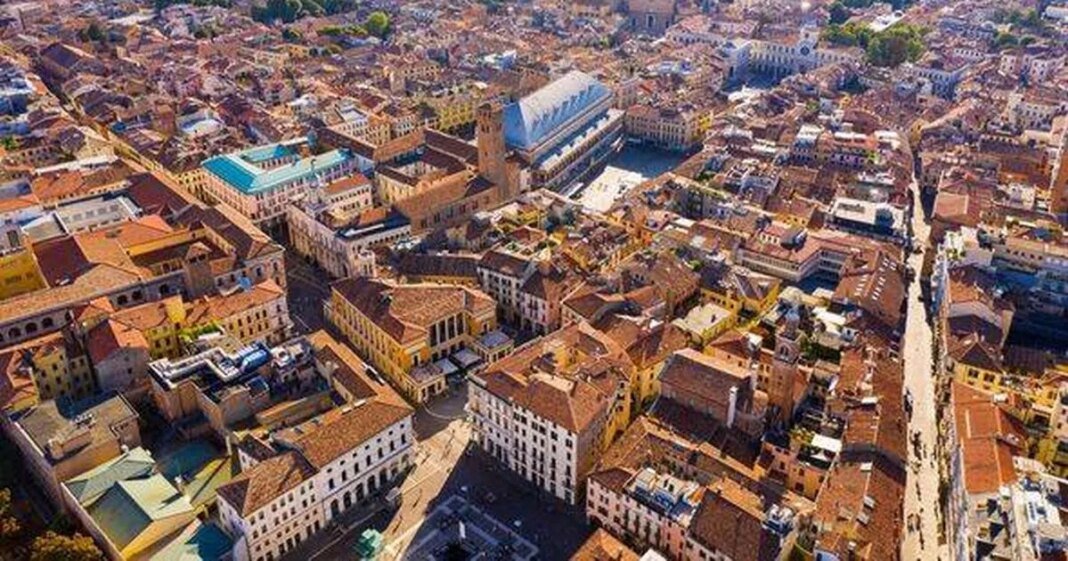Venice, often referred to as the crown jewel of Italy’s lagoon, attracts millions of visitors annually. Nevertheless, the overwhelming global popularity of the city is straining both the local community and its infrastructure, prompting authorities to implement various measures to address issues related to overtourism.
Despite initiatives such as a temporary entrance fee for day-trippers and limitations on group tours, Venice remains a magnet for tourists. For those looking to escape the crowds, there are numerous alternative destinations in close proximity.
Padua, also known as Padova, is a historic city just 25 miles west of Venice in the Veneto region. This city boasts two UNESCO World Heritage sites. The first is the Orto Botanico di Padova, the world’s oldest botanical garden still in its original spot, established in 1545. Spanning around 240,000 square feet, the garden is renowned for its diverse plant collections, including insectivorous and medicinal species.
The second UNESCO site in Padua is the Scrovegni Chapel, a magnificent church adorned by the legendary Italian artist Giotto in the early 14th century. Additionally, Padua is home to one of the oldest universities globally, where iconic figures like Galileo Galilei and Nicolaus Copernicus have studied or taught.
For those who enjoy leisurely walks in city centers, Padua offers charming spots like Piazza delle Erbe, a bustling square with a rich medieval history. Similar to Venice, Padua features its own network of canals, including a picturesque waterway that winds through the stunning Prato della Valle square.
Padua also serves as an excellent base for exploring the wider region, as reported by the Express. With affordable train fares to Venice starting at just £4.21, tourists can easily visit the nearby lagoon city within half an hour and save on accommodation expenses. Similarly, visitors can venture to Verona, famous for Shakespeare’s Romeo and Juliet, with travel times ranging from 45 to 90 minutes depending on the train service chosen.

